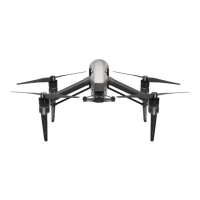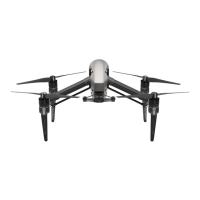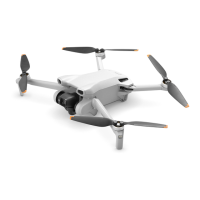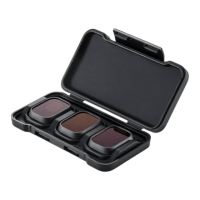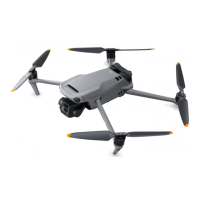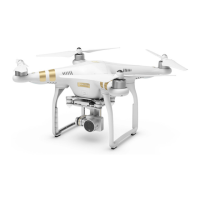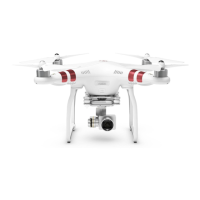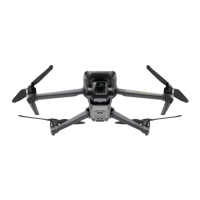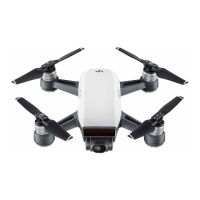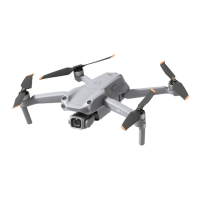DJI Inspire 3
User Manual
©
2023 DJI All Rights Reserved.
115
Flight
Make sure to have training and practice before operating any actual flight. Practice with the
simulator in DJI Assistant 2 or fly under the guidance of experienced professionals. Pick a
suitable area to fly in according to the following flight requirements and restrictions. Fly the
aircraft below 120 m (400 ft). Any flight altitude higher than that may violate local laws and
regulations. Make sure you understand and comply with the local laws and regulations before
ying. Read the Safety Guidelines carefully to understand all safety precautions before ying.
Flight Environment Requirements
• DO NOT fly the aircraft in severe weather conditions, including strong winds (speeds
exceeding 14 m/s), sandstorms, snow, rain, smog, hail, lightning, tornadoes, or hurricanes.
• Only y in open areas. Tall structures and large metal structures may aect the accuracy of
the onboard compass and GNSS system. It is recommended to keep the aircraft at least 5 m
away from structures.
• Avoid obstacles, crowds, high voltage power lines, trees, and bodies of water. It is
recommended to keep the aircraft at least 3 m above water.
• Minimize interference by avoiding areas with high levels of electromagnetism such as
locations near power lines, base stations, electrical substations, and broadcasting towers.
• Aircraft and battery performance is subject to environmental factors such as air density and
temperature. DO NOT y the aircraft higher than 3,800 m (12,467 ft) above sea level when
using the foldable quick-release propellers, or higher than 7,000 m (22,965 ft) above sea level
when using the foldable quick-release propellers for high altitude. *
• Aircraft cannot use GNSS within the polar regions. Use the vision system when ying in such
locations.
• DO NOT take o from moving objects such as cars, ships, and airplanes.
• To avoid aecting the motor service life, DO NOT take o or land the aircraft on sandy or
dusty areas.
• DO NOT use the aircraft, remote controller, battery, and charging hub near accidents, res,
explosions, oods, tsunamis, avalanches, landslides, earthquakes, dust, or sandstorms.
• Use the charging hub in a temperature range of -20° to 40° C (-4° to 104° F).
• Operate the aircraft, battery, remote controller, and charging hub in a dry environment.
• DO NOT use the aircraft in dusty or humid environments.
• DO NOT use the charging hub in humid environments.
• Make sure the temperature and humidity is suitable for the gimbal camera during usage.
• This product shall not be used in potentially explosive atmosphere.
* Measured in a gentle breeze with the gimbal camera and lens installed on the aircraft. The value provided
should be used for reference only.
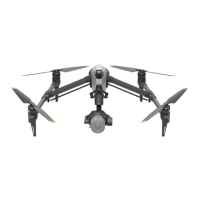
